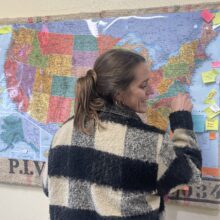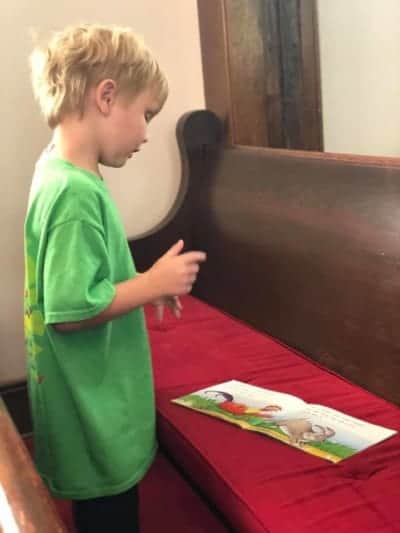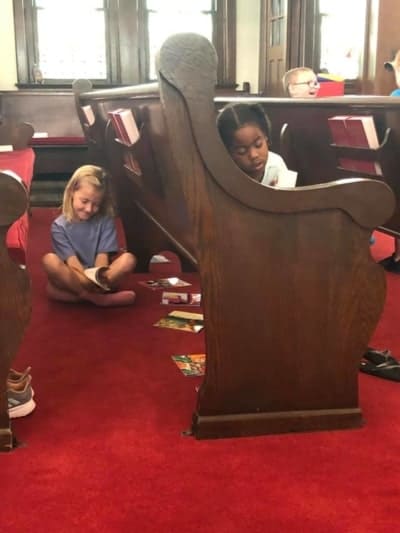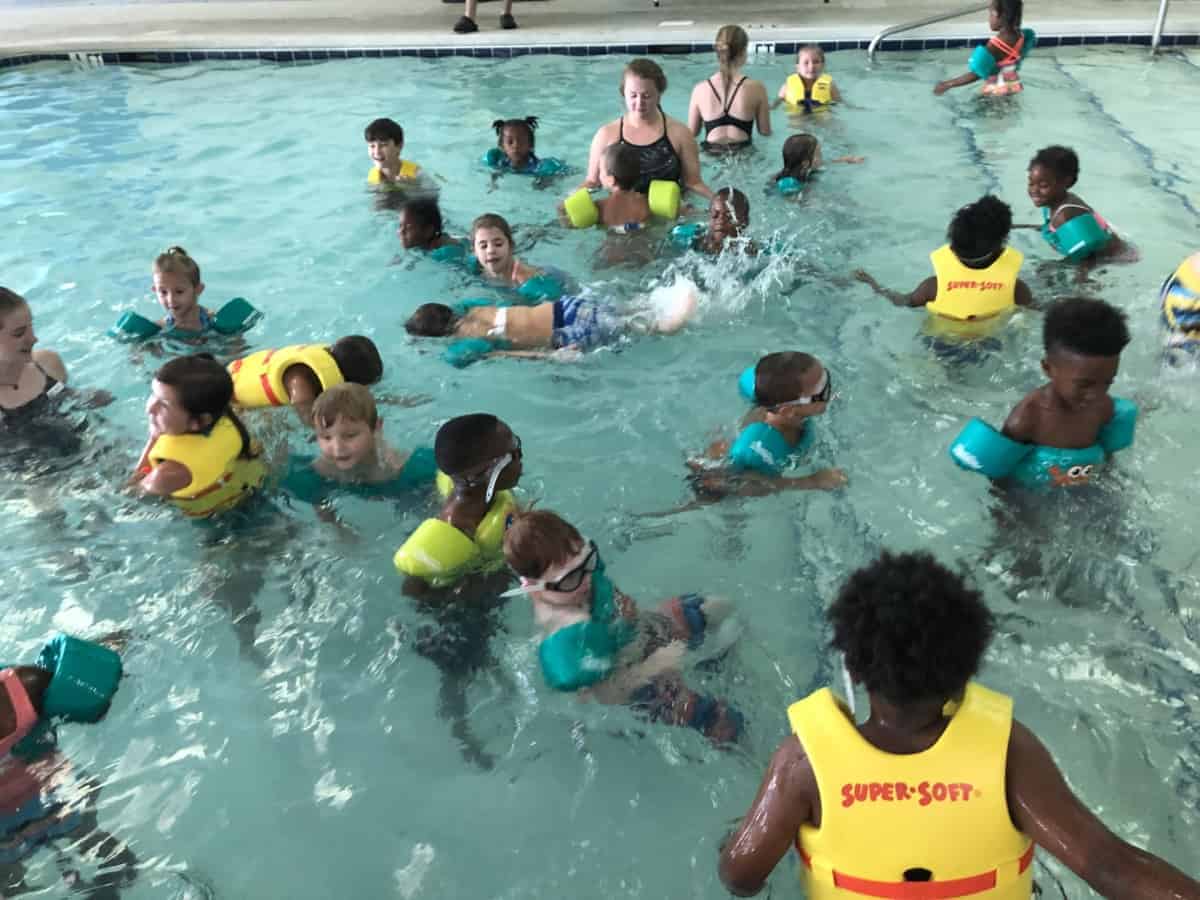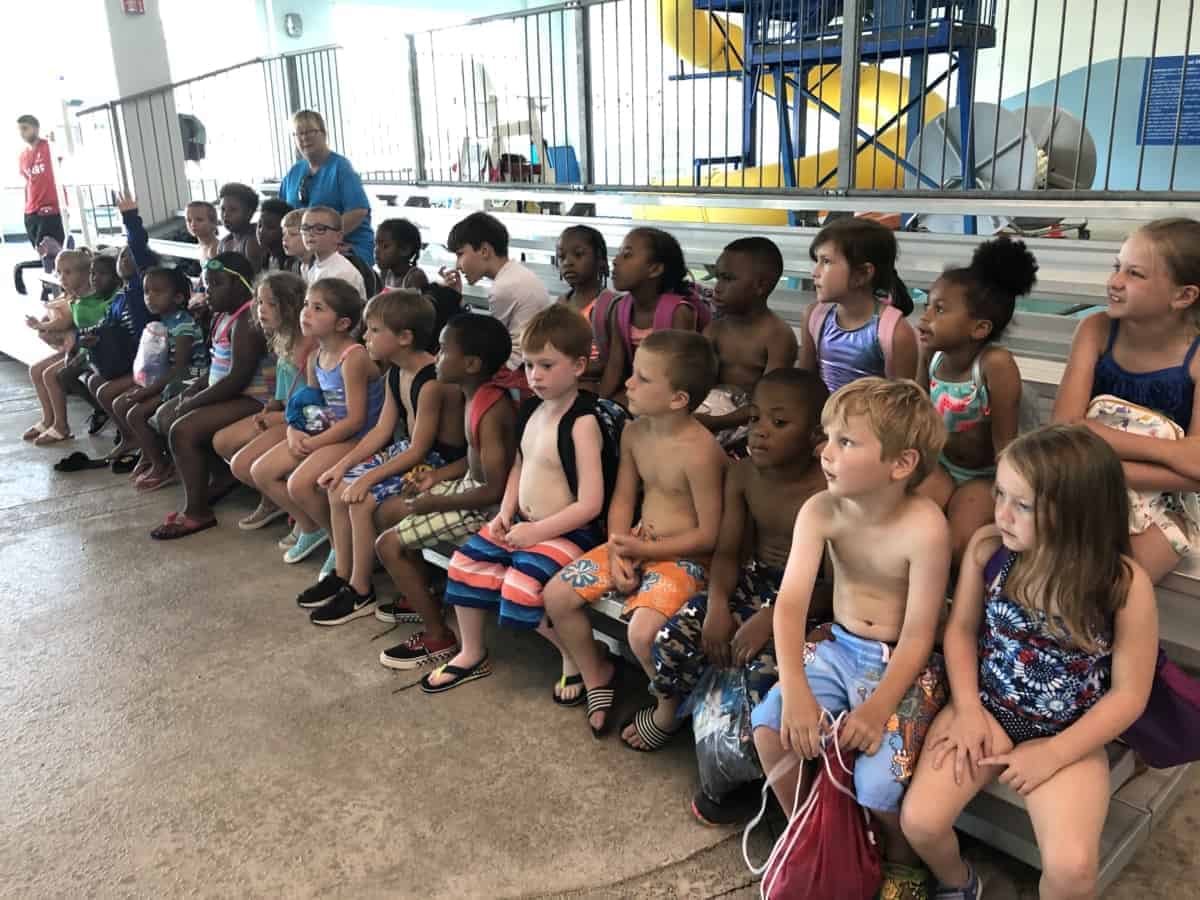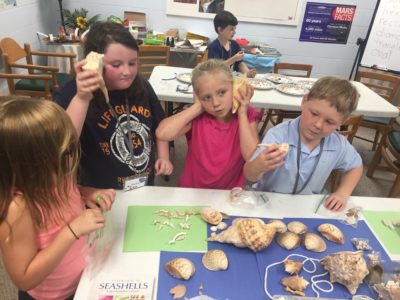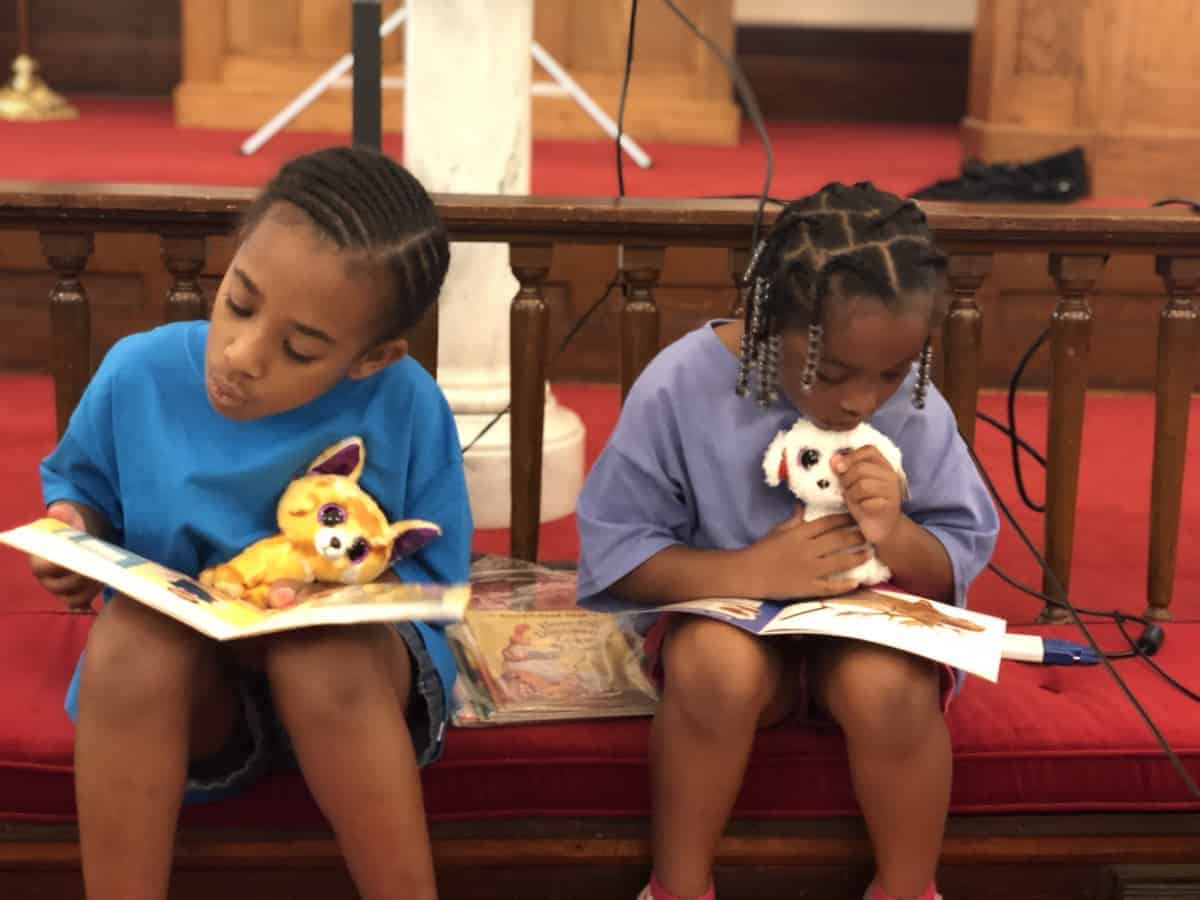

How does a rural church with 13 people in the pews on any given Sunday nearly quadruple its attendance and eventually run an aftercare program for more than 30 kids every day? Pastor David Joyner of Red Oak and Bethlehem United Methodist Church knows, because he witnessed it.
After all, Joyner’s Red Oak UMC in rural Nash County recently completed its fifth year of summer literacy programs. The literacy camp grew to six weeks this year – up from three – thanks to a grant from the Duke Endowment.
Red Oak UMC is part of the Congregations for Children (C4C) initiative, which started with Bishop Hope Morgan Ward a little more than six years ago. In addition to running a summer camp, Red Oak UMC provides food assistance to students through backpack buddies. To fundraise for these programs, the church hosts a 5K, which has brought in $60,000 over five years, and sells food during the community Fall Festival, where 100% of the proceeds go to community missions.
Joyner spoke with EdNC.org and explained why his church has taken on C4C programming and how it all started with a “spark.” See our conversation below, edited for length and clarity.
Parker: How did the idea of C4C translate for your area?
Joyner: Our church is uniquely situated literally in the same parking lot as another church and the elementary school. [In Bible study], we had a lady with a passion for children and learning and helping. And she said, “Why don’t we walk across the parking lot to the elementary school and see if there’s anything that we can do?”
The very next week, we [clergy] had a meeting with the bishop. And when she [Bishop Hope Ward] introduced the idea [of C4C], I said “I think our church is bugged,” because this is exactly what we were talking about. And for myself, for the congregation, it was really validation more than anything else that this was what we were supposed to be doing at this time. So they really latched on to the idea of Congregations for Children.
Parker: Tell us about the literacy camp. What are the ages of students, and what happens in a given week?
Joyner: So this year, our camp ran six weeks from the last week in June, and it ran Monday through Friday. We started each morning at 7:30 with breakfast. Breakfast ran from 7:30 to 8:30, and at 8:30 they began to have instructional time.
We had 23 kids, and they were rising first-graders and rising second-graders. We had two classrooms, one for rising first-graders and the other rising second-graders. From 8:30 to 12:15 was instructional time with the teachers. We were very fortunate that we were able to get two teachers from our school system because of the relationship we have with our elementary school principal. She was able to help us recruit, and we actually got two teacher trainers that train the other teachers on how to teach literacy skills. So we were very blessed with that.
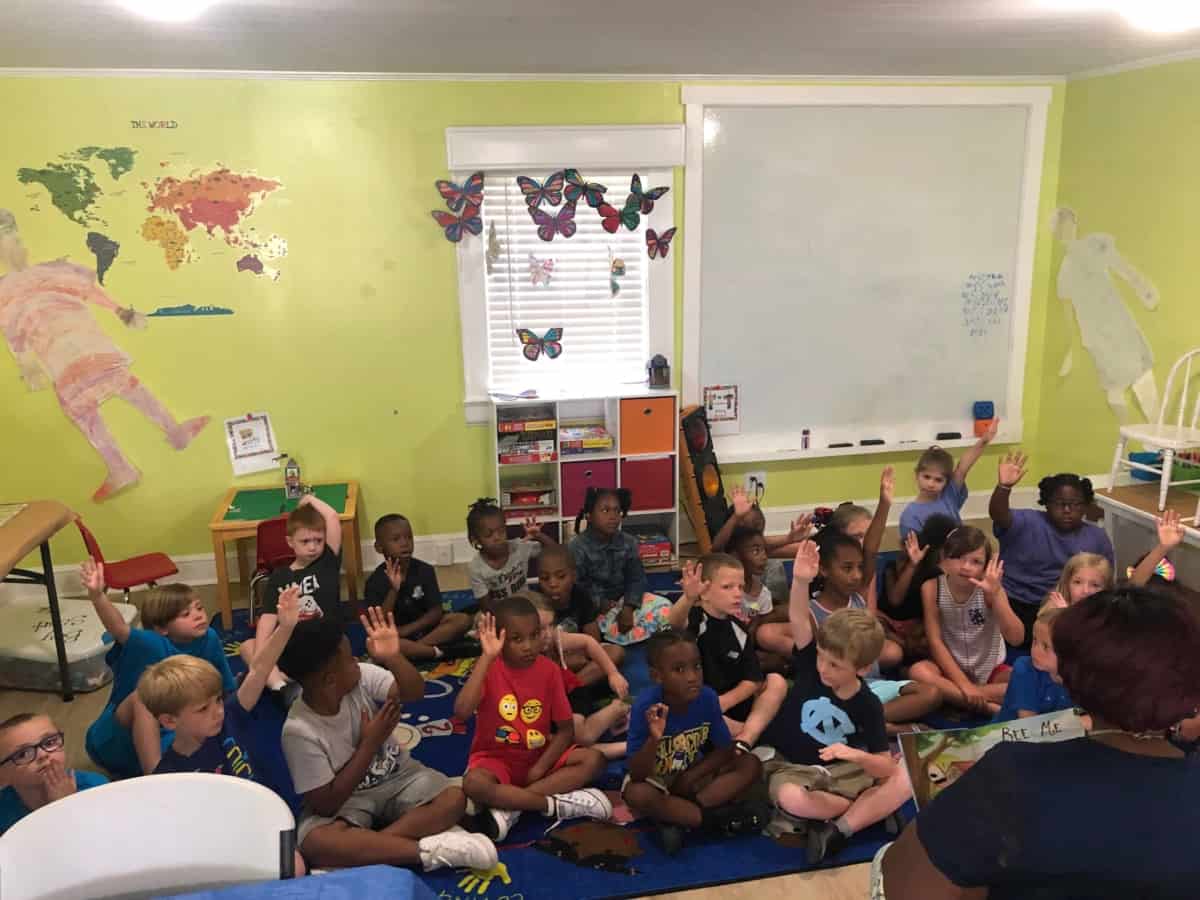

And then, from 12:15 to 1:15, we had lunch. Then the activities varied from that point. On Mondays, the local art teacher at the elementary school came in to volunteer and do arts and crafts for the kids. Then, on Tuesdays and Thursdays, we took all the kids to the local YMCA, where they had swim lessons provided for free. This was free because since we got the Duke Endowment grant, we were able to loosen up from 5K proceeds and use that to pay for the swim lessons.
On Wednesdays, there was a lady in the community that runs a therapy dog business. So she came every Wednesday with her therapy dog and volunteered her time and read to the children with a therapy dog. That was by far a huge hit with the kids. And obviously we couldn’t have 23 kids at one time with a dog, so in addition to that on Wednesdays, we had a local farmer that came in and helped plant an above-ground garden and talk to the kids every week about growing vegetables and those things. The kids love that.
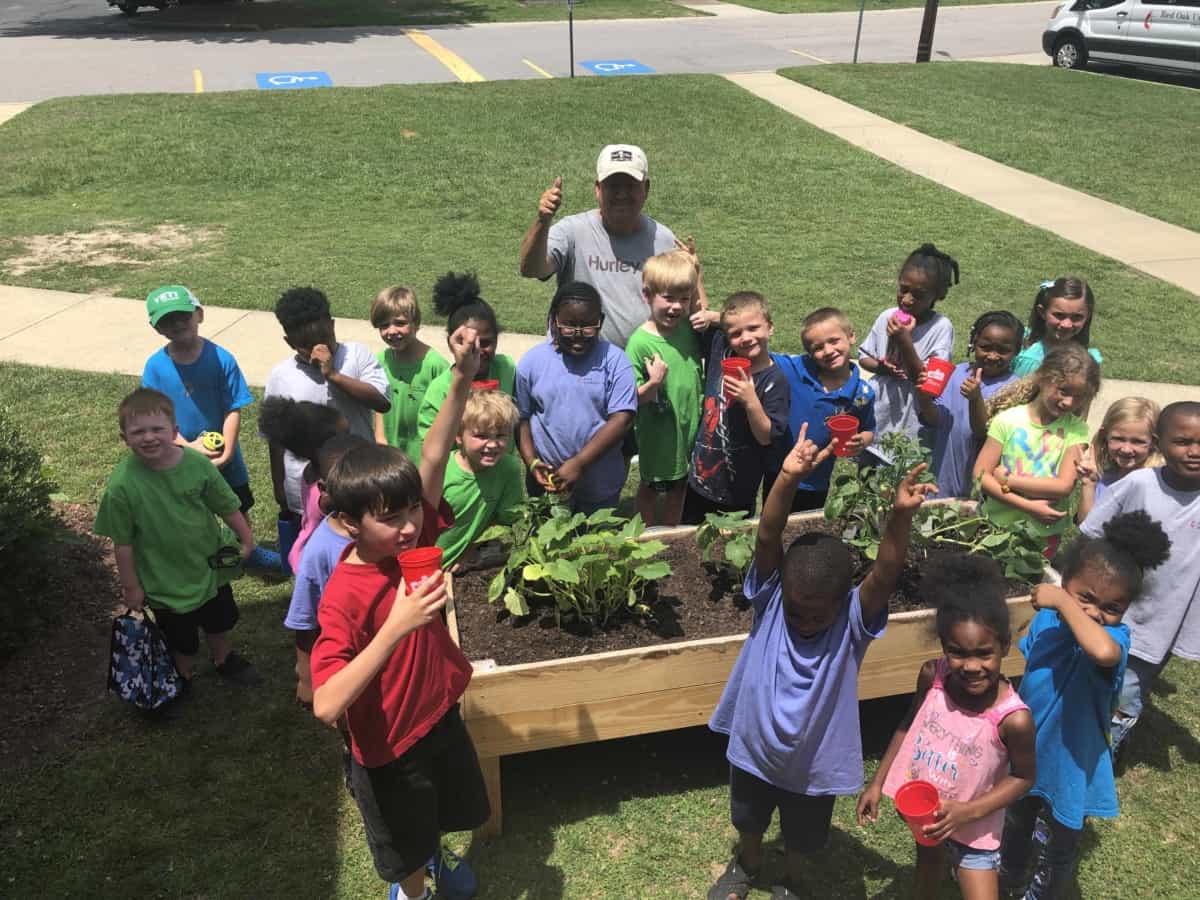

And Fridays were kind of a free day where half the time in the afternoon was spent at the local library, and the library did a reading program for them. And by the time we got back from that, it was pretty much free time just playing around because we had a full week at that point.
Parker: What are the major changes that have occurred since you went from a three-week literacy camp to the Duke Endowment-supported six-week literacy camp?
Joyner: So initially I would say our congregation was a little fearful, to be completely honest, because they really enjoyed the three-week volunteer-based camp. They were worried that we were going to lose some of the compassion that was being shown by volunteer staff, by going from volunteer to paid staff. That was a concern initially. However, that proved very quickly not to be true at all. We were concerned that we would have less volunteers when we had paid staff, versus having all volunteers. Actually what we found out was we actually had more volunteers, with the paid teaching staff.
Parker: How are these rising first- and second-graders chosen to participate?
Joyner: Solely by the school guidance counselors, teachers and the principal. The principal actually had a schoolwide meeting. Again, because of the relationship, she really helped with recruiting. She had a schoolwide meeting with parents of rising first- and second-graders, to not just talk about next year within the school, but then promoted the literacy camp. And she looked at their mid-year scores, and then personally contacted each one of those families and said, “Here’s a literacy camp. We believe that your child would benefit from this. Would you mind if I shared your information with them?” And we were just blown away by that, that level of assistance that we got from the school.
Parker: Is there transportation provided to camp?
Joyner: We offer transportation. However, for whatever reason, this year, everybody said that they were okay picking their children up. So we didn’t have to do any transportation. But it was offered to everybody.
Parker: In the past, have you offered transportation?
Joyner: Yes, over the last two years, nobody has needed the transportation. The first year we did it, everybody needed transportation.
It’s been neat to see. We even saw one of our families that I assumed would need transportation because of socioeconomic statuses and whatnot, but they were one of the ones that were here every single day, never missed a day, their kids were here early. They picked them up on time, they were here on the parent night, they were very engaged. They were one of the families that told us, they thought that was the least they could do, was pick their kids up because everything else was free.
Parker: What role do you see faith-based institutions playing in school?
Joyner: I hear this so many times from others, other clergy, other laity, that you know, they get frustrated, because there’s a separation of church and state, or they say that they’re not allowed at their local school.
I laugh at that, because what they’re really saying is they’re not allowed, but what they’re really saying is we just haven’t tried. Because we here in our church had people that said those very same things, the “we’re not allowed to go into the schools.”
And that’s why we tried, and we started building the relationship. It went from, we’re not allowed to be in schools, to all of a sudden the principal is now advocating for our summer literacy camp. So I think that she [principal] would testify as well that that relationship is one that is ultimately vital to helping our children. Not just with educational needs, but with other needs as well.
If our folks can do it in our rural setting, then there’s not a reason that every church in this state could not do the same thing.
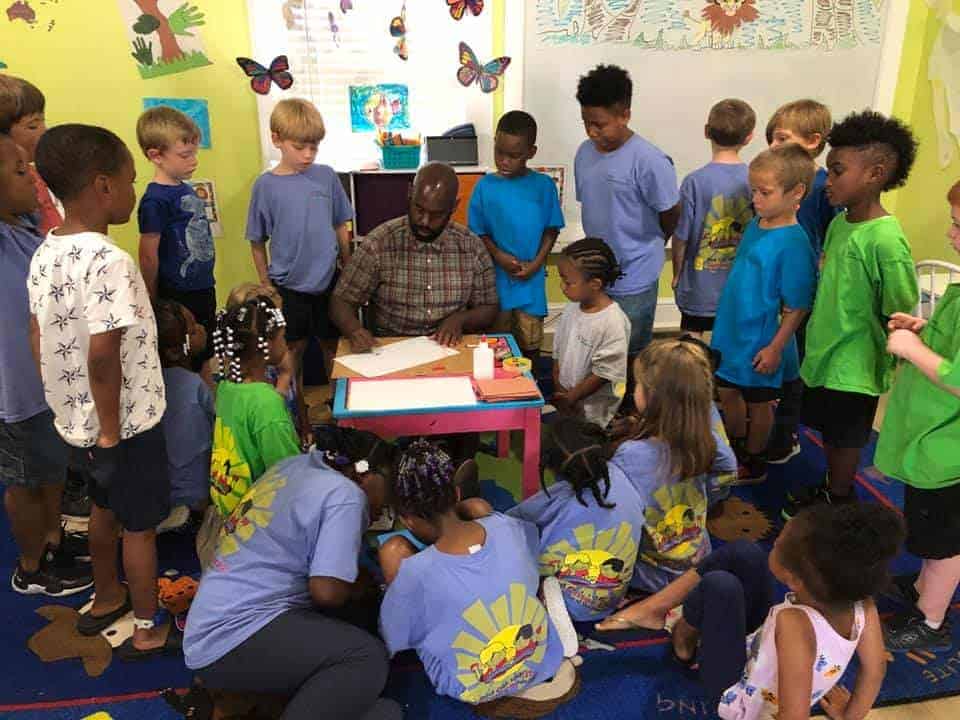

Editor’s note: The Duke Endowment supports the work of EducationNC.
